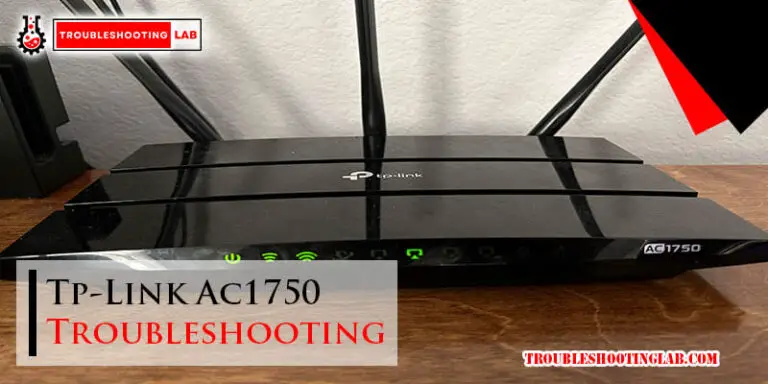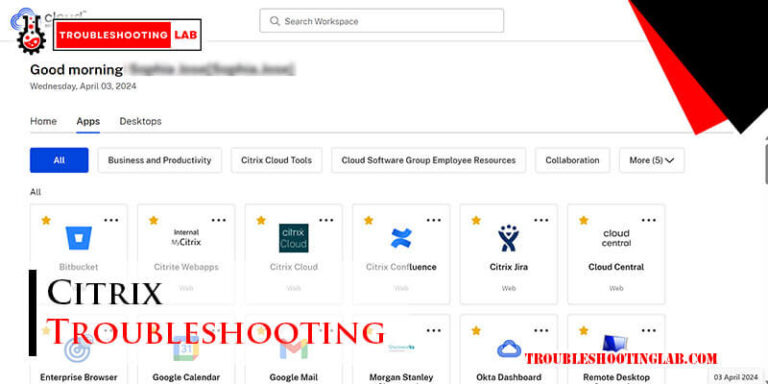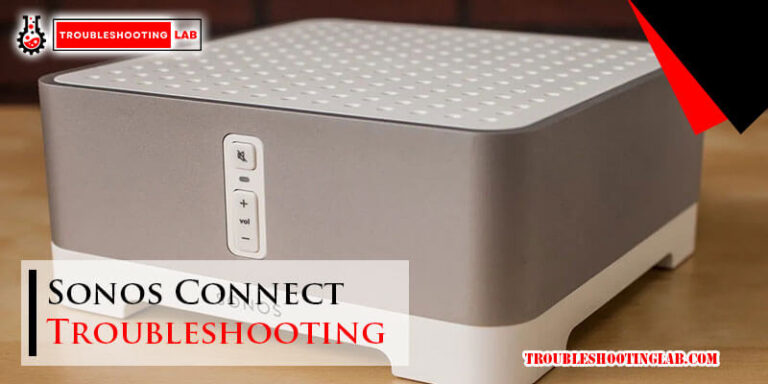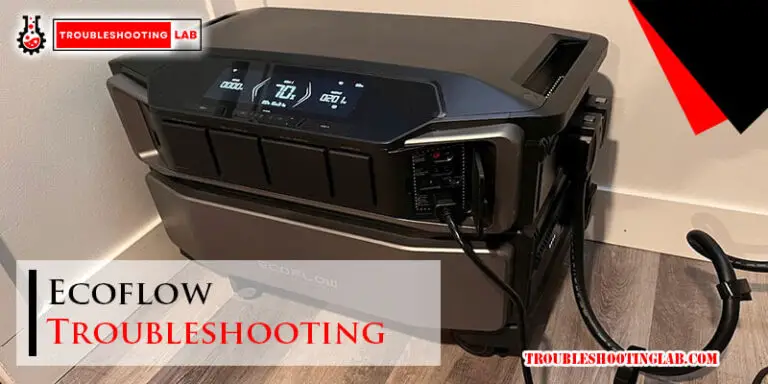Apc Battery Backup Troubleshooting: Quick Fixes Guide
Imagine this: you’re in the middle of an important project, and suddenly, the power goes out. Your heart races as you realize your APC battery backup isn’t kicking in.
Frustrating, right? But don’t worry, you’re not alone in this. Many users face similar issues with their battery backups, and there’s often a simple solution. By understanding the common problems and troubleshooting them effectively, you can ensure your APC battery backup is always ready to protect your valuable work and equipment.
Dive into this guide to uncover straightforward tips and tricks that will empower you to tackle these challenges head-on, giving you peace of mind and uninterrupted productivity. Ready to take control? Let’s get started!
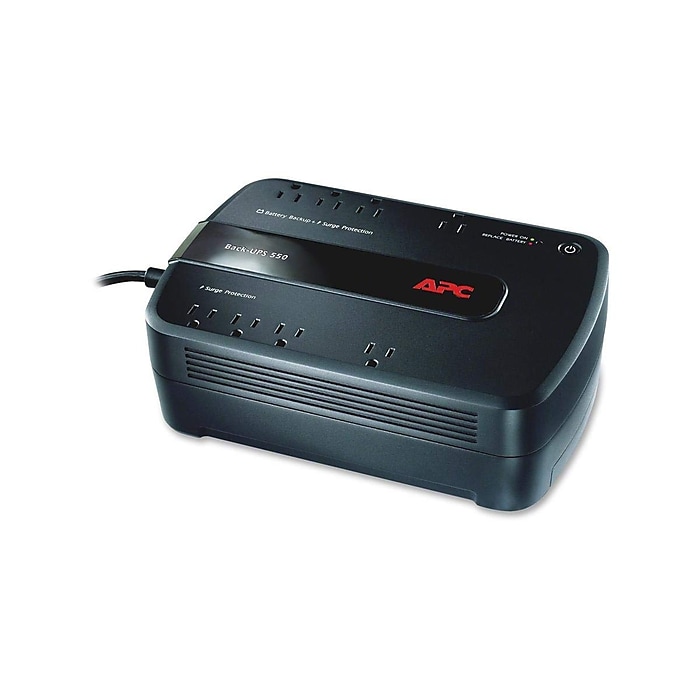
Common Issues
Apc battery backups can face issues like unexpected shutdowns, frequent alarms, or failure to charge. Often, these problems stem from outdated firmware, loose connections, or depleted batteries. Regular checks and updates ensure smooth operation and prevent downtime.
When dealing with APC battery backup systems, you might encounter a few common issues that can disrupt their performance. Understanding these problems helps you troubleshoot effectively and keep your devices running smoothly. Let’s dive into some of the typical challenges you might face and how to tackle them.
Power Outages
Power outages can catch you off guard, leaving your devices vulnerable. If your APC battery backup isn’t responding during an outage, first check the connection to the power source. Ensure that the plug is securely inserted and the circuit breaker hasn’t tripped. If everything appears normal, test the outlet with another device. Sometimes, outlets malfunction, causing the backup system to fail. Always have a backup plan for extended outages, like a secondary power source.
Battery Failure
Battery failure is a common hiccup with APC systems. If your backup isn’t holding a charge, it might be time for a new battery. Check the battery’s age; most need replacing every three to five years. Listen for warning signals like beeping or flashing lights. These signs often indicate a dying battery. Regularly test your battery’s performance to avoid surprises.
Overloading
Overloading occurs when you connect too many devices to your APC system. Each model has a specific power capacity. Exceeding it can lead to unexpected shutdowns. Create a list of all devices connected to the backup. Check their combined wattage against your APC’s capacity. If you’re over the limit, prioritize essential devices or consider upgrading your system. Have you ever been caught off guard by one of these issues? Share your experiences in the comments. It’s always helpful to hear how others have tackled similar problems.

Diagnosing Problems
Troubleshooting APC battery backups involves checking connections and ensuring batteries are charged. Identify error codes displayed on the unit. Regular maintenance helps prevent common issues like power failures and battery errors.
Diagnosing problems with your APC battery backup can be a straightforward process if you know where to start. Whether you’re a tech enthusiast or someone who just wants to keep their electronics safe, understanding the basics can save you time and frustration. From power connection issues to potential overloads, let’s explore practical steps to diagnose common problems.
Checking Power Connections
Begin by ensuring that all power connections are secure and properly plugged in. Loose or faulty connections can be a quick fix that resolves many issues. A simple wiggle test can reveal hidden connection problems—gently move the plug and see if the power flickers. If your battery backup isn’t powering on, consider using a different outlet to rule out outlet issues. Have you ever plugged into a socket only to find it was dead? It happens more often than you think.
Inspecting The Battery
Next, inspect the battery itself. Over time, batteries can degrade and lose their ability to hold a charge. Check for any visible signs of damage or leakage. A swollen battery is a clear indication of a problem and should be replaced immediately. Using a multimeter, verify the voltage output—low readings can indicate a failing battery. Have you recently experienced shorter backup times? This might be your cue to check the battery’s health.
Identifying Overload Symptoms
An overload can cause your APC battery backup to malfunction or shut down unexpectedly. Make sure you’re not exceeding the power capacity of your backup unit. Look for warning lights or audible alarms that signal overload conditions. These indicators are there to protect your devices and prevent damage. Consider unplugging non-essential devices to see if performance improves. Have you added new gadgets recently that might be pushing your backup to its limits? By taking these steps, you can pinpoint and resolve issues effectively. Have you ever ignored a minor problem only to face a major breakdown later? Don’t let that happen with your battery backup. Diagnose early, fix promptly, and keep your electronics safe.
Battery Replacement
Facing issues with your APC battery backup can be frustrating. Troubleshooting often involves checking battery connections and ensuring proper installation. Regularly testing your system helps identify and fix problems quickly.
Battery replacement is essential for maintaining your APC battery backup system. Batteries lose their efficiency over time. This can affect the reliability of your power backup solution. Knowing when and how to replace the battery ensures your system works well.
When To Replace
Batteries show signs when they need replacement. Frequent power failures or short backup times indicate aging. If the battery is swollen or leaking, replacement is urgent. Check the manufacturer’s guidelines. They often recommend replacement every 3 to 5 years.
Choosing The Right Battery
Selecting the correct battery is crucial. Ensure compatibility with your APC model. Check the voltage and capacity. Look for trusted brands to ensure quality. Avoid used or refurbished batteries. New batteries offer better reliability.
Installation Steps
Begin by turning off your APC unit. Disconnect it from the power source. Open the battery compartment. Remove the old battery carefully. Insert the new battery, ensuring the polarity is correct. Close the compartment securely. Reconnect the power source. Test the unit to confirm proper installation.
Resetting The Backup Unit
Resetting the backup unit can solve issues with APC battery backup systems. Press and hold the power button for 10 seconds to initiate a reset. This clears any glitches and restores normal operation, ensuring reliable power protection for your devices.
Resetting your APC battery backup unit can solve many issues. It helps restore normal functioning. A reset clears any minor errors or glitches in the system. Follow simple steps to ensure your backup unit operates smoothly.
Safe Power Cycle
Begin by powering down your APC unit. Unplug it from the wall socket. This step ensures no power flow during the reset. Wait for a few minutes before proceeding. This allows the unit to discharge completely. Next, reconnect the unit to the power source. Plug it back into the wall socket. Make sure the connection is secure. Turn the unit on using the power button. This completes the power cycle. It helps refresh the system.
Reset Procedures
After the power cycle, check the reset button. Locate it near the battery compartment. Press and hold the button for 10 seconds. This initiates a full reset of the unit. Make sure you hold the button long enough. Release the button and allow the unit to restart. The lights on the unit should blink. This indicates a successful reset. Confirm that the unit is functioning correctly. Check all connections and settings. Ensure everything is in place for optimal performance.
Maintenance Tips
Troubleshooting APC battery backup involves checking connections and ensuring the battery is charged. Regularly inspect for dust buildup and use a multimeter to test voltage levels. Replace batteries if they fail to hold a charge, and consult the manual for error codes.
Maintaining your APC battery backup is crucial for ensuring its longevity and reliability. You wouldn’t want to discover an issue during a power outage, right? By implementing a few straightforward maintenance tips, you can keep your battery backup in top shape. Let’s explore some practical strategies to enhance your APC battery backup’s performance and lifespan.
Regular Testing
Regular testing is essential for ensuring your battery backup functions properly. Set a reminder to test your APC battery backup once a month. Simply unplug the unit from the wall and confirm that your connected devices continue to run without interruption. This monthly test will give you peace of mind knowing your equipment is protected. Have you ever felt that sense of relief when everything works as expected? That’s what regular testing can provide.
Proper Ventilation
Proper ventilation is key to preventing your battery backup from overheating. Ensure the device is placed in a well-ventilated area away from direct sunlight or heat sources. Avoid enclosing the unit in a cabinet or any space that restricts airflow. Improper ventilation can lead to overheating and reduce the battery’s lifespan. Have you ever noticed how your computer fan kicks in when things get too hot? Similarly, your battery backup needs room to breathe.
Cleaning And Care
Cleaning and caring for your APC battery backup can prevent dust buildup, which can affect performance. Gently wipe the exterior with a soft, dry cloth every few months. Avoid using water or cleaning products as they can damage the unit. Consider the last time you cleaned your phone or keyboard. Didn’t it feel satisfying to see it sparkling clean? Your battery backup deserves the same attention to ensure it runs smoothly. Incorporating these maintenance tips into your routine can significantly enhance the performance and reliability of your APC battery backup. Have you implemented any of these strategies yet? If not, today could be the perfect day to start.
Advanced Troubleshooting
Advanced troubleshooting for APC battery backups can help resolve persistent issues. These steps go beyond basic checks, aiming to optimize performance. Regular updates and expert advice can play a crucial role in maintaining your system.
Firmware Updates
Keeping your APC battery backup firmware updated is essential. Updates fix bugs and enhance security. Regular updates can improve system performance and stability. Check the manufacturer’s website for the latest firmware versions. Follow instructions carefully during the update process. This reduces the risk of errors and ensures proper installation.
Consulting Technical Support
Sometimes, issues require expert advice. Consulting technical support can provide solutions to complex problems. They can guide you through advanced troubleshooting steps. Support teams have extensive product knowledge. This helps in identifying root causes quickly. Reach out via phone, email, or online chat for assistance. Ensure you have your product details ready. This speeds up the support process and helps in accurate diagnosis.
Frequently Asked Questions
What Causes An Apc Battery Backup To Beep?
A beeping sound indicates a low battery. It may need charging or replacement. Check for any power interruptions.
How Do I Reset My Apc Battery Backup?
To reset, disconnect the battery and unplug the unit. Wait 30 seconds, then reconnect and plug back in.
Why Is My Apc Battery Backup Not Turning On?
Check if the power outlet is working. Ensure all connections are secure. Consider replacing the battery if needed.
How Long Do Apc Batteries Last?
APC batteries typically last 3 to 5 years. Regular maintenance can extend their lifespan. Replace when performance drops.
What Does A Flashing Red Light On Apc Mean?
A flashing red light signals a battery issue. It may need replacement. Check the user manual for specific error codes.
Conclusion
Troubleshooting your APC battery backup can be straightforward. Check connections first. Ensure all cables are secure. Replace worn-out batteries promptly. Regular maintenance prevents unexpected failures. Always consult your user manual for guidance. It offers specific advice. Consider professional help if problems persist.
Experts can provide reliable solutions. Stay proactive with your APC backup. This ensures continuous protection for your devices. Peace of mind comes from a well-maintained system. Keep your technology safe and running. A little effort today saves bigger issues tomorrow.

